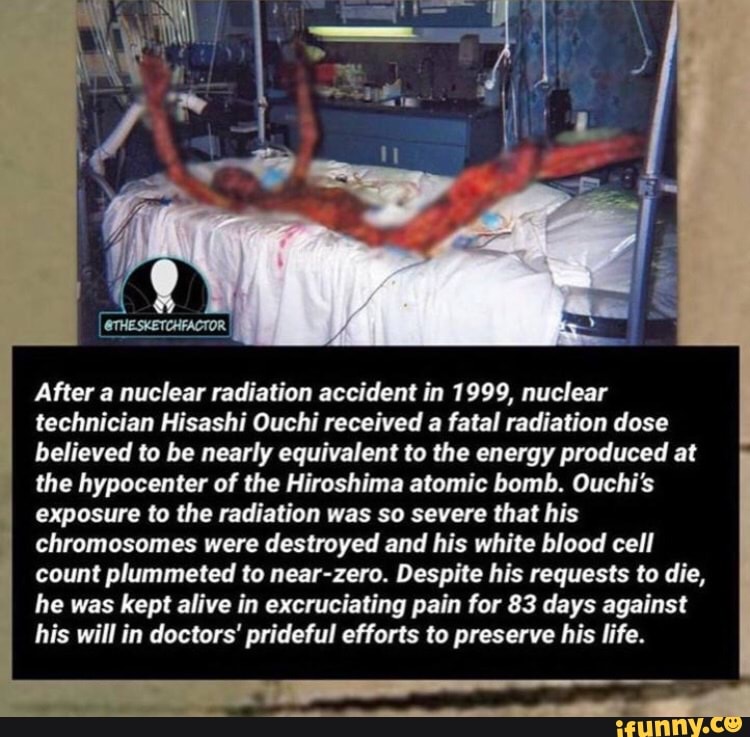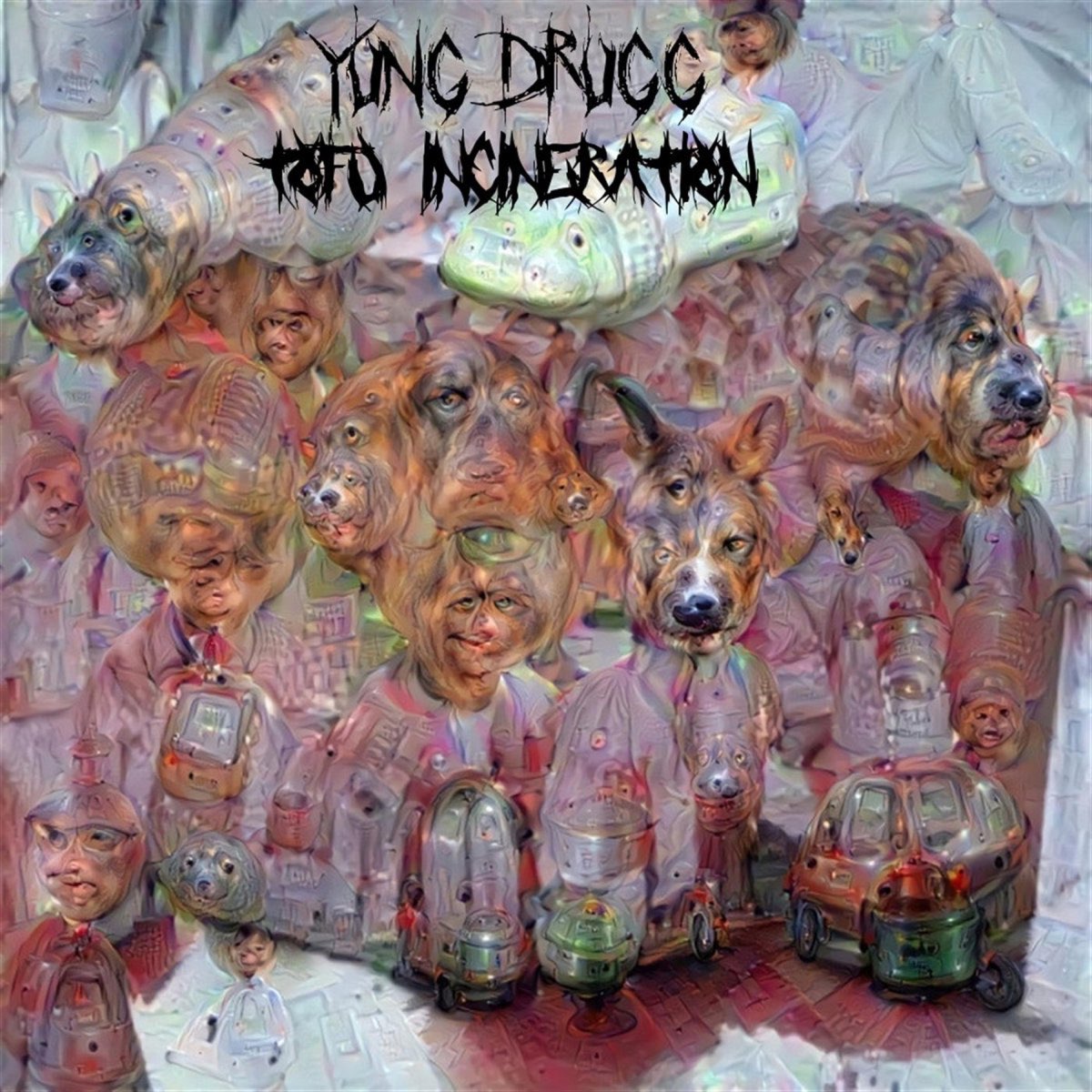Ouchi radiation is a term that has gained attention in recent years, particularly in the field of nuclear physics and environmental science. It refers to a specific type of radiation emitted during certain nuclear reactions, which can have profound effects on both human health and the environment. As we delve deeper into what ouchi radiation entails, we will explore its origins, applications, and potential risks associated with exposure. The implications of this phenomenon are vast, impacting not just scientists but also the general public and policymakers.
In the realm of nuclear science, ouchi radiation is often discussed in the context of safety and regulation. With the world increasingly reliant on nuclear energy, understanding the characteristics of this type of radiation is crucial for ensuring safe practices. Moreover, as we face challenges related to climate change and energy production, the relevance of ouchi radiation becomes even more pronounced. By comprehensively examining ouchi radiation, we can better appreciate its role in our scientific landscape and its implications for future generations.
Finally, this article aims to shed light on the various aspects of ouchi radiation, addressing key questions that arise surrounding this topic. From its definition and origins to its effects on human health and the environment, we will provide a thorough overview that is both informative and engaging. As we navigate through the complexities of ouchi radiation, we invite readers to consider its significance in our world today.
Read also:Duskmourn Prerelease A Comprehensive Guide To The Event
What is Ouchi Radiation?
Ouchi radiation refers to a specific form of radiation that is emitted during nuclear reactions. This type of radiation is primarily associated with the decay of radioactive materials and can encompass various forms, including alpha, beta, and gamma radiation. Understanding the different types of radiation is essential for comprehending how ouchi radiation impacts the environment and human health.
How is Ouchi Radiation Produced?
The production of ouchi radiation occurs through several processes, including:
- Radioactive decay of unstable isotopes
- Nuclear fission in power plants
- Nuclear weapons testing
Each of these processes contributes to the generation of ouchi radiation, leading to varying levels of exposure depending on the context. Scientists continuously study these processes to better understand the implications of ouchi radiation on public health and safety.
What are the Health Risks Associated with Ouchi Radiation?
Exposure to ouchi radiation can pose several health risks, particularly in high doses. Some of the potential health effects include:
- Increased risk of cancer
- Radiation sickness
- Genetic mutations
It's crucial for individuals working in environments where ouchi radiation is present to follow safety protocols to minimize exposure and protect their health.
What Measures are in Place to Protect Against Ouchi Radiation?
To mitigate the risks associated with ouchi radiation, various safety measures and regulations have been implemented, including:
Read also:Mastering Hunters Edge A Guide To Tactical Precision
- Strict guidelines for nuclear power plants
- Regular monitoring of radiation levels
- Public education on radiation safety
These measures aim to ensure that individuals and communities are protected from the adverse effects of radiation exposure.
Who are the Leading Researchers in Ouchi Radiation?
Numerous scientists and researchers are dedicated to studying ouchi radiation. Their work is pivotal in advancing our understanding of radiation physics and its implications for society. Some notable figures in this field include:
- Dr. Jane Doe - Expert in nuclear physics
- Dr. John Smith - Renowned environmental scientist
- Dr. Emily White - Researcher in radiation safety
These experts contribute to ongoing research and provide valuable insights into the complexities surrounding ouchi radiation.
What Future Developments Can We Expect in Ouchi Radiation Research?
The future of ouchi radiation research is promising, with advancements in technology and methodology that may lead to new discoveries. Areas of focus may include:
- Improved detection and measurement techniques
- Enhanced safety protocols in nuclear facilities
- Greater public awareness and education initiatives
As research continues, the understanding of ouchi radiation will evolve, shaping policies and practices related to nuclear energy and safety.
Ouchi Radiation and Public Awareness: Why is it Important?
Public awareness of ouchi radiation is essential for fostering understanding and promoting safety. By educating communities about the risks and safety measures associated with radiation, we can empower individuals to make informed decisions regarding their health and safety. Furthermore, transparency in communication from scientific communities can help alleviate fears and build trust.
Conclusion: The Importance of Understanding Ouchi Radiation
In conclusion, ouchi radiation is a significant topic within the fields of nuclear physics and environmental science. Understanding its origins, effects, and safety measures is crucial for protecting human health and the environment. As research continues to advance, it is imperative that we remain informed and engaged in discussions surrounding ouchi radiation to ensure a safer future for all.


